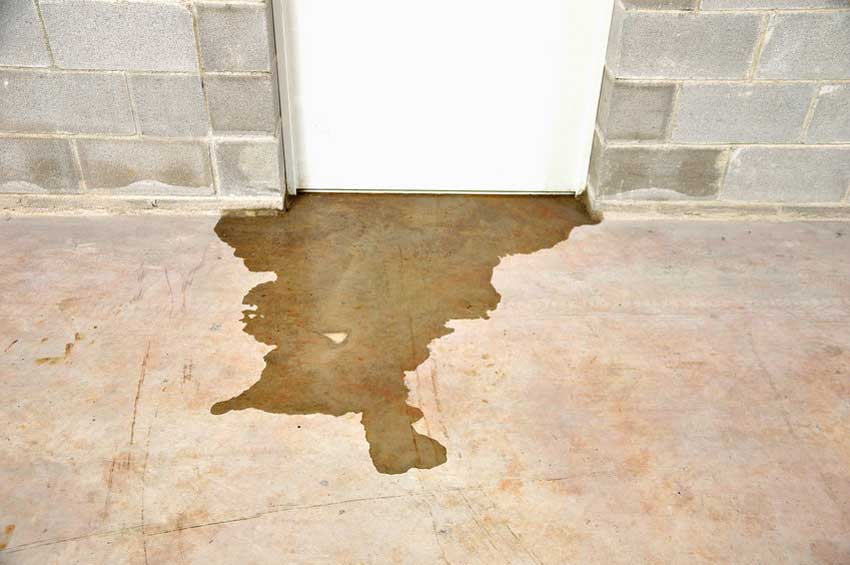
As much time, money and effort as many of us spend in trying to get more water into our yard, for the betterment of our grass and gardens, there is obviously a limit.
In general, that limit is when we cease to be in control of the amount of water and it is coming from a source we didn’t cause or account for.
Improper drainage in your yard, by and large, can result in nothing but trouble. Left unchecked, that water will come for your house’s foundation and can cause cracks, water leaks, flooding in lower levels of your structure and mold, among other things.
To know how to fix water drainage problems, it’s imperative to know first how to identify them and what causes them to begin with.
- Undersized or clogged gutters. This can cause water to run over the side of your gutters and onto the yard.
- An inadequately elevated foundation. This will prevent wastewater from flowing away from your home and into a gutter, trench, street or downhill toward a body of water.
- Having certain plants too close to your house or in the ideal path of wastewater. This can cause or allow your soil to hold more moisture than is ideal. Landscaping walls, large rocks, pavement and underground structures can have the same effect.
- Sheds or garages placed in the path of wastewater drainage can essentially form a dam, keeping water from flowing where it needs to to get off your property.
- Amateur excavation work in which the soil is too compacted or improperly graded can cause it to hold water.
Your best move to handle drainage issues is usually to call a professional, and we at Little’s Excavating are always ready to help you navigate such situations, but here are a few measures you can take yourself in the meantime:
- Create a trench, or swale. It should be very shallow from your home to the street, gutter or wastewater path. It should get deeper as it goes along, and it should slope downward. Feel free to spruce it up with decorative rocks.
- Build a rain garden. Put together some plants that need large amounts of water and can be planted in areas of standing water in your yard. Irises, asters, lilies and foxglove are regarded as useful for this purpose. It’s important to make sure you use plants native to the area which will bloom here, and account for sun exposure, climate, etc.
- If sidewalks or stone walkways on your property tend to shift, crack or chip, they may be blocking water from flowing away from the structure. You can remove a few sections of these walkways and replace them with rocks or gravel. That allows water to drain better than concrete or stone.
Your yard needs water, and especially in the summer, to that end, as Luke Bryan might say, rain is a good thing. But it’s important to keep it in moderation and keep it away from the lower levels of your house.
